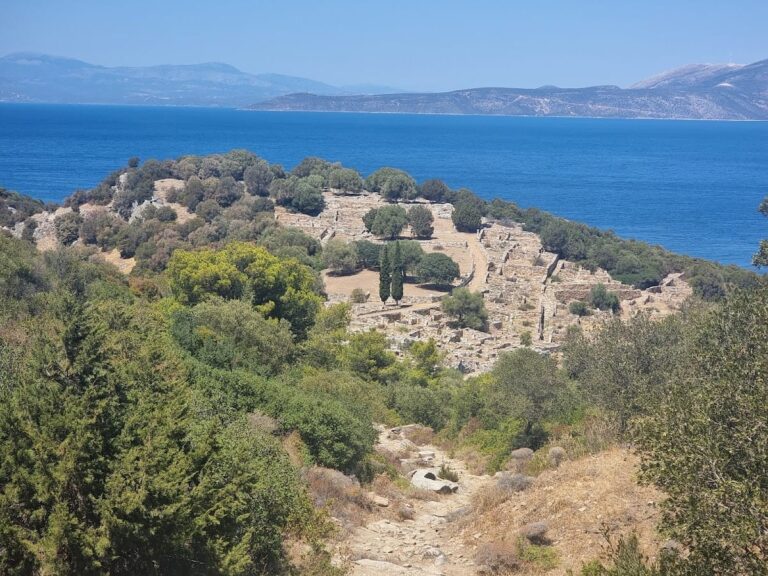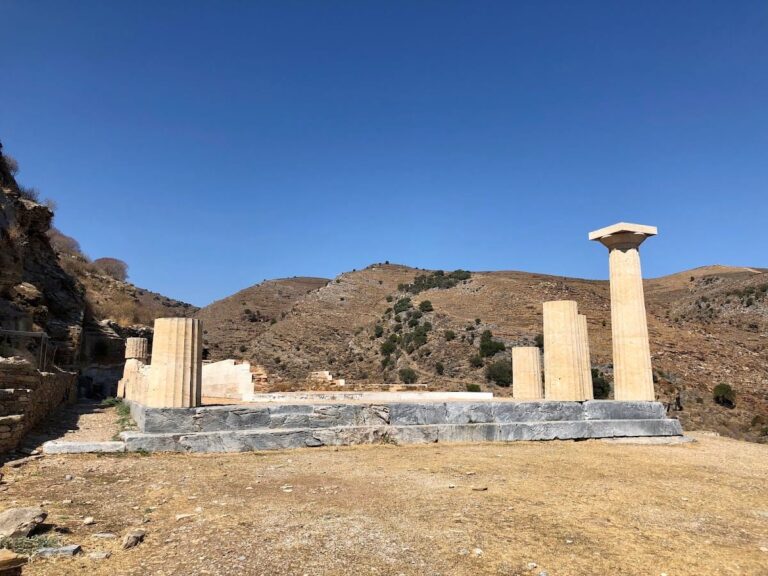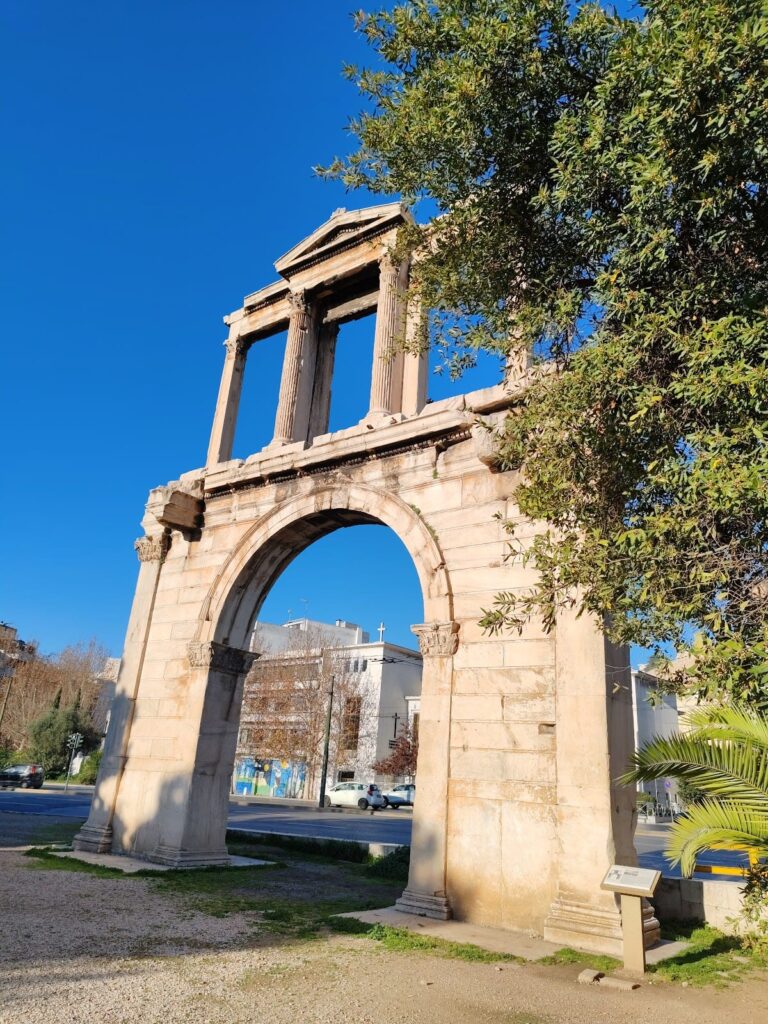Castelo Rosso: A Medieval Fortress near Karystos, Greece
Visitor Information
Google Rating: 4.5
Popularity: Low
Google Maps: View on Google Maps
Country: Greece
Civilization: Crusader, Ottoman, Venetian
Remains: Military
History
Castelo Rosso, situated near Karystos in Greece, was established during the medieval period by the Lombard Dalle Carceri family. Constructed after 1205, it served as a residence and administrative center overseeing southern Euboea. This fortress was built atop an earlier Byzantine castle dating from the 11th century, showing the continuity of defensive needs in the area.
In the late 13th and early 14th centuries, the castle’s control shifted through the region’s turbulent politics. In 1276, the Byzantine commander Likarios briefly seized it, but the Lombards regained possession in 1295 under Boniface of Verona. After Boniface’s death in 1318, authority passed to the Catalans. The fortress entered Venetian hands in 1366 when purchased for 6,000 ducats, though Venice chose to lease it to noble families rather than govern it directly. Initially controlled by the Justiniani family from 1386, the castle later came under the barony of Nicolo Giorgi in 1406.
The fall of Chalkida to the Ottomans in 1470 brought Castelo Rosso under Ottoman rule, where it became known as Kizil Hisar, meaning “Red Castle.” Despite the shift in power, Greek inhabitants continued to live in the area until the uprising of 1684. During the Greek War of Independence in 1821, the fortress withstood several sieges led by Greek revolutionaries such as Androutsos, Kriezotis, and Faviero, but remained in Ottoman hands.
Efforts to conserve the site began in 1967, focusing primarily on restoring the entrance gate, parts of the outer walls, and the battlements, marking the start of its historical preservation.
Remains
Perched atop Montofoli, a conical hill overseeing the plain of Karystos, Castelo Rosso consists of two main enclosures that conform to the natural contours of the terrain. These defensive walls surrounded the medieval settlement that once thrived within. Originally, a fortified stronghold stood at the summit, functioning as the keep, although this central tower no longer survives.
The walls of the fortress were constructed using local red schist stone, bonded with a durable mixture of sand, gravel, and lime mortar. This combination has allowed much of the fortification to remain intact up to the height of the battlements. The fortress featured four towers in total, including a pentagonal one positioned on the southeast side, while the main entrance gate was placed toward the southwest.
Within the enclosure, a two-story rectangular building remains, which likely served various domestic or administrative purposes. Surrounding this structure are the ruins of smaller houses and several cisterns that once collected and stored rainwater. A church dedicated to the Prophet Elias, built at a later period, stands adjacent to the rectangular building, reflecting the site’s ongoing religious significance. To the north, an aqueduct channel carries water from Mount Ochi into the castle, demonstrating an advanced water supply system for the inhabitants.
Today, parts of the entrance gate, outer defenses, and some walls have undergone restoration, helping to preserve the silhouette and structural integrity of this medieval fortress.







